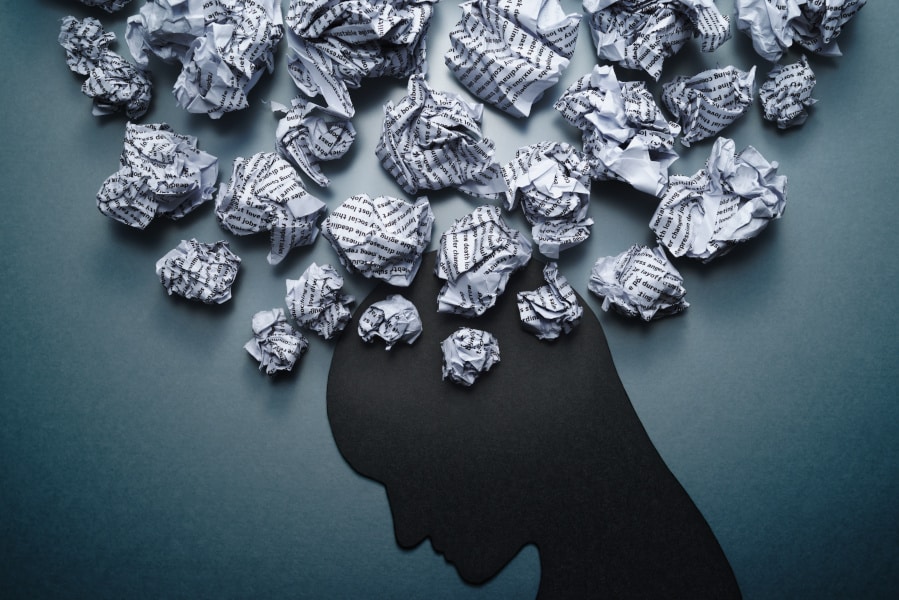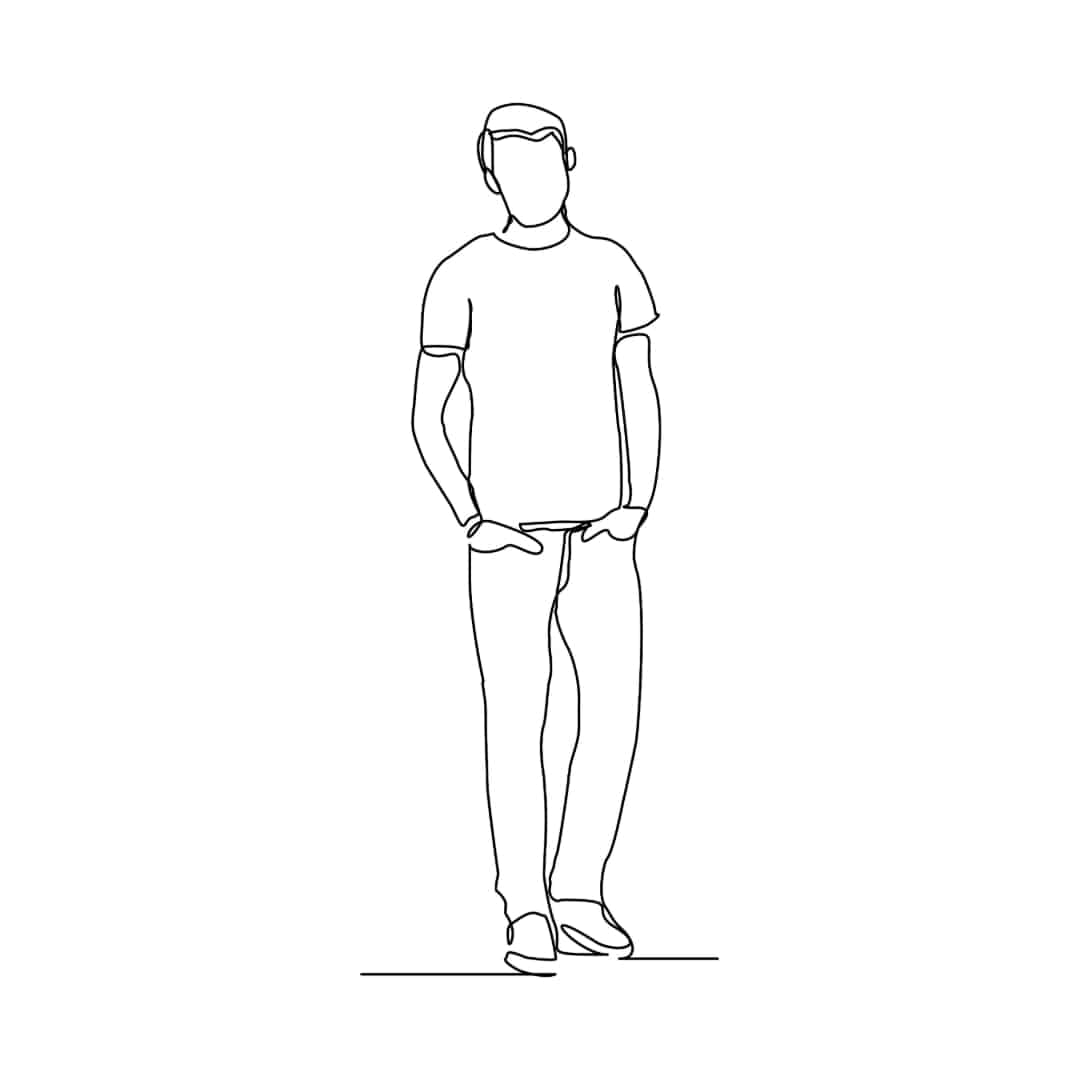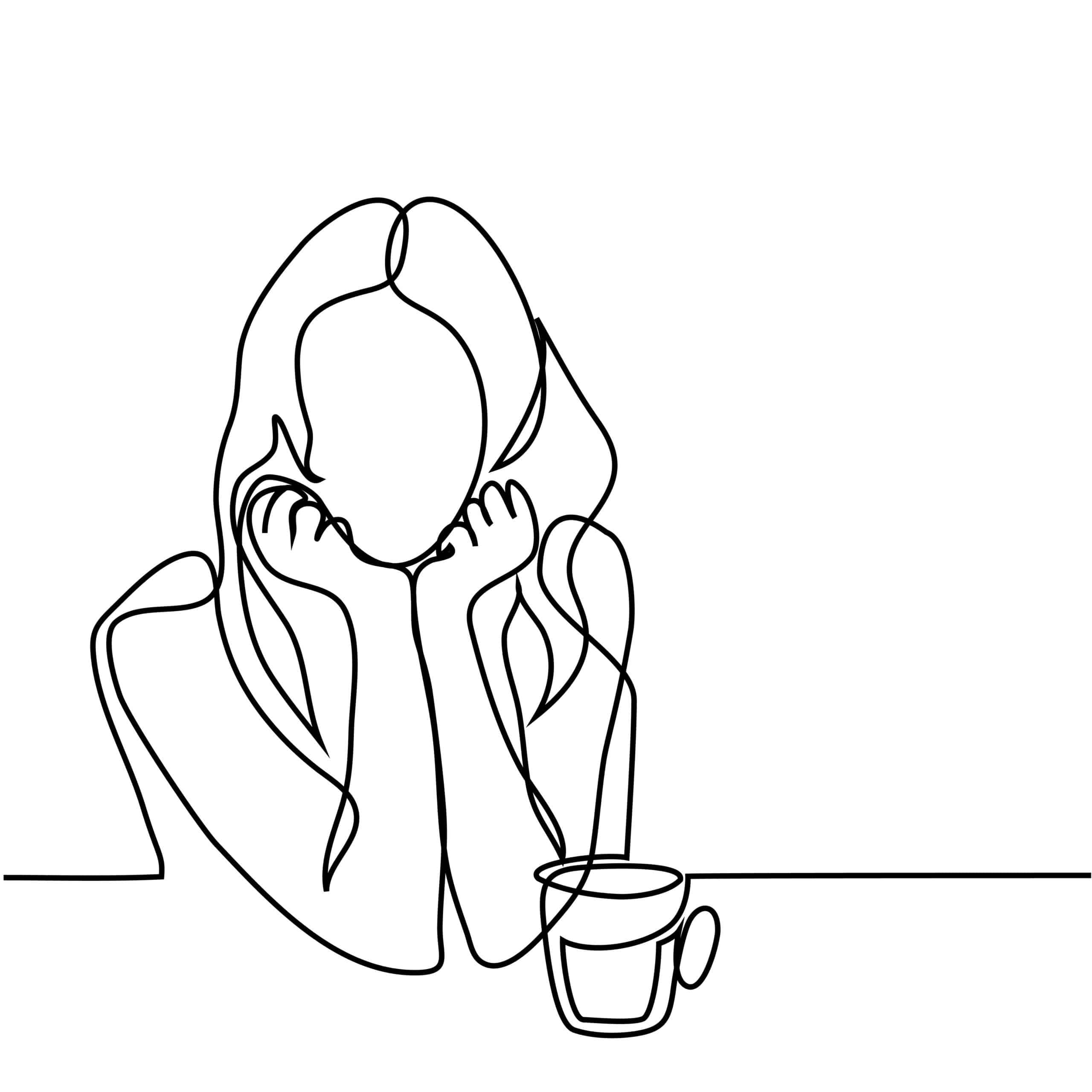Recognized for over 2,000 years, mood disorders continue to command public health interest. They are a common problem affecting at least 8 percent of men and 12 percent of women at some point in life. What is bipolar disorder? When exactly did bipolar disorder become recognized and who discovered it?
Bipolar disorder consists of numerous cyclical phases of excited or manic episodes and depressive episodes. Mixed states can also be developed including simultaneous manic and depressive symptoms. Bipolar disorders were classically described as psychotic mood disorders with both manic and major depressive episodes (now termed bipolar I disorder). However, studies have shown the existence of a spectrum of depressive states that alternate with milder hypomania rather than full-blown mania (bipolar II disorder).
Bipolar disorder was first noticed in the second century. Greeks and Romans were responsible for first coining the terms “mania” and “melancholia,” or manic and depressive. During this time it was common for people to be executed for having mental conditions because strict religious dogma stated these people were possessed by demons. Since ancient times the advances in understanding mood disorders involved conceptual shifts from supernatural to naturalistic explanations. Aretaeus of Cappadocia a physician and philosopher in first century AD, first recognized and linked the symptoms of depression and mania. His conclusions went unseen until 1650, when a scientist named Rob Burton wrote the book The Anatomy of Melancholia which focused specifically on symptoms and treatments of clinical depression.
In 1854 bipolar disorder was seen as an entity of its own due to Jean-Pierre Falret’s theory of folie circulaire or circular insanity, where he implied a single disorder in which mood alternates between mania and melancholia. He recognized this to be different from depression, and finally in 1875 his recorded findings were classified as a psychiatric disorder called Manic-Depressive Psychosis. In the 1900s German psychiatrist Emil Kraepelin studied the disorder and found it to be punctuated by fairly symptom-free periods. On this basis he distinguished the disorder from schizophrenia and emphasized that manic–depressive psychosis consisted of episodes and had a more benign outcome. However, Kraepelin did not differentiate between people with both manic and depressive episodes and those who had only depressive episodes with psychotic symptoms. This distinction dates back to the 1960s, and is largely responsible for the contemporary emphasis on bipolarity and mood elevation as the defining characteristic of the disorder.
In 1952 an article in The Journal of Nervous and Mental Disease analyzed the genetics behind the disorder, revealing the likelihood that manic depression ran in families. Throughout the 1960’s many with the disorder were given inadequate financial assistance and institutionalized because manic depression was not recognized as a legitimate illness by Congress. In the early 1970’s laws standards were established to help those affected, and in 1979 the National Alliance of Mental Illness (NAMI) was founded. NAMI advocates for access to services, supports, treatment and research. It’s commitment is to raise awareness and build a community for hope for all of those in need.
According to an article by Psychology Today, The term bipolar disorder or bipolar affective disorder is relatively recent, dating back as far as the 1950s. The term is thought to be less stigmatizing than the dated term ‘manic–depressive illness’. In 1980, the term bipolar disorder replaced manic-depressive disorder as a diagnostic term found in the Diagnostic and Statistical Manual of Mental Disorders published by the American Psychiatric Association (DSM-III). According to an article by Jeff Baker on BipolarAid.org, Dr. Robert L. Spitzer of Columbia University articulated that the term bipolar provided a more understandable, up-and-down or two-pole concept for patients. The DSM-IV published in 1994 explained the difference between Bipolar I mania and the lesser Bipolar II hypomania. The DSM-5 was released in May 2013.
According to the DSM, there are four basic types of bipolar disorder. Bipolar I Disorder is defined by manic or mixed episodes that last at least seven days, or by manic symptoms that are so severe the person requires hospitalization. Bipolar II Disorder is defined by a pattern of depressive episodes shifting back and forth with hypomanic episodes. Bipolar Disorder Not Otherwise Specified is diagnosed when a person has symptoms of the illness but do not meet diagnostic criteria for either bipolar I or II. The person may have too few symptoms or the symptoms may not last long enough. The final type of bipolar disorder is called Cyclothymic Disorder. Also known as Cyclothymia, it is a mild form of bipolar disorder. People who have Cyclothymia have episodes of hypomania that shift back and forth with mild depression however, the symptoms do not meet the diagnostic requirements for any other type of bipolar disorder. In conclusion, some people may be diagnosed with rapid cycling bipolar disorder. Rapid cycling is more common in people who have severe bipolar disorder. It is when a person has at least four episodes within a year of major depression, hypomania, mania or mixed symptoms.
Bipolar disorder can worsen if untreated and over time, a person may suffer more frequent and severe episodes. In most cases, treatment helps reduce the frequency and severity of episodes. With proper diagnosis and treatment someone with bipolar disorder can lead a healthy and productive life.
The Villa Orlando and Pasadena Villa’s Smoky Mountain Lodge are adult intensive psychiatric residential treatment centers for clients with serious mental illnesses. We also provide other individualized therapy programs, step-down residential programs, and less intensive mental health services, such as Community Residential Homes, Supportive Housing, Day Treatment Programs and Life Skills training. Pasadena Villa’s Outpatient Center in Raleigh, North Carolina offers partial hospitalization (PHP) and an intensive outpatient program (PHP). If you or someone you know may need mental health services, please complete our contact form or call us at 407-574-5190 for more information.
Sources:



